Have you ever wanted to keep a bearded dragon as a pet? Or maybe you just love pet reptiles and would like to learn more about them? Well, here’s everything you need to know about what bugs they eat.
A bearded dragon’s diet mainly consists of live insects. Their favorites include crickets, mealworms, and waxworms. But they will also eat other insects, such as cockroaches, locusts, and grasshoppers.
In recent years bearded dragons have become one of the most popular pet reptiles amongst exotic pet lovers. However, these lizards require a specific diet that is not easy to find in stores in any pet stores.
In fact, they need to be fed a variety of different insects to ensure they get all the nutrients they need.
That said, in this article, we are going to discuss the best foods for bearded dragons. We have compiled a list of the top seven foods that bearded dragons can eat.
So let’s dive right into it!
Can bearded dragons eat any bugs?
As a general rule, bearded dragons can eat most bugs. However, some bugs are better for them than others. We have listed the most nutritious bugs for bearded dragons below.
1. Dubia Roaches
You can start feeding them larger prey if you have an adult beardy. Dubia roaches are a great option because they are quick, cannot fly, and are a good source of protein.
Note: It is important that the insects aren’t dead when they’re given to the lizards. If they’re already dead, then they won’t be able to retain any of the nutrients.
Once they die, they lose the ability to retain the water, which will cause them to lose their nutritional value.
1. Mealworms
Mealworms are one of the most popular foods for bearded dragons. They are easy to feed and provide your bearded dragon with a lot of nutrition.
They contain protein, carbohydrates, fats, vitamins, minerals, and fiber.
They are also very low in calories. So if you want to make sure your bearded dragon is getting enough food, then mealworms are definitely the way to go.
2. Hornworms
These worms are an excellent choice if you want to add some variety to your bearded dragon food balance. They grow rapidly and will be ready to eat within two to three weeks.
That being said, they’re not common at most pet stores, so you might have to buy them from an online retailer.
Many reptile vets and experts recommend feeding hornworms to their reptiles when they’re dehydrated since they contain lots of water.
They’re also an excellent source of protein for reptiles who’ve just emerged from hibernation or after they’ve mated.
These worms are as high in protein as other insects and shouldn’t be used as a sole live food/protein source.
3. Wax Worms
The best way to keep beardies happy is to provide them with wax worms. These little treats are high in protein and low in fat. If you want to ensure your beardie gets enough vitamins and minerals, try feeding them various foods, including fruits, vegetables, and meat.
You can buy live or dead (or frozen) earthworm larvae from an online retailer or your local pet shop. Depending on where you live, there may be different types available. However, if you have the availability to purchase live worms, then do so because they are more nutritious.
Note: Only feed them wax worms as complimentary food. You should always offer a variety of foods to your lizard in order to have a balanced diet.
Additionally, you should never give them too many worms at once. This could lead to overfeeding. Instead, give them three to five worms throughout the day and between other sources of food, such as crickets or vegetables.
4. Crickets
Feeding crickets is an effective way to boost protein intake for reptiles. While many reptiles require a high amount of protein, pet dragons do best with around 50 percent protein in their diets.
But, like all reptiles, they need a wide range of nutrients to stay healthy. That’s why it’s important to include a variety of foods in their diet.
Crickets are a great addition to a pet dragon’s diet because they’re easy to care for and don’t require much space.
5. Locusts
Locusts are another insect that’s commonly fed to bearded dragons. They’re extremely nutritious and high in protein.
One advantage of locusts over crickets is that they’re generally larger, so you won’t need to feed as many to your beardie. Locusts also have a higher fat content than crickets, which means they’ll give your lizard more energy.
If you want to try feeding them to your bearded dragon, make sure you get the right kind of locust for your reptile. There are two main types: grasshoppers (green) and cicadas (brown).
While both are good choices, grasshoppers tend to be easier to find. However, cicadas are more nutritious and will help your lizard maintain its weight while growing.
6. Butterworms
Bearded dragons love butterworms! They are a great treat for reptiles because they’re high in protein and low in fat.
Their bodies are made up mostly of protein, which makes them perfect for reptiles. The butterfly’s larvae are also an excellent source of calcium, phosphorus, and thiamin, which help regulate metabolism.
So, if you want to treat your breaded dragon properly, then these delicious bugs are a must.
7. Earthworms
Earthworms are a good option if you want to give your bearded dragon a varied diet. They’re also very affordable and easy to obtain.
Juvenile and adult bearded dragon hatchlings need protein-rich meals to grow and develop properly. You can feed these types of meals to baby dragons to help them reach adulthood faster.
How many bugs should I feed my bearded dragon every day?
Feeding your bearded dragon insect regularly is important to ensure their health. But how much do you need to feed them?
A good rule of thumb is to feed your bearded dragon 10-20 insects per day. However, this number will vary depending on the size of your dragon and the type of food you’re feeding them.
For example, larger dragons will need more food than smaller ones. And if you’re feeding your dragon mealworms, they’ll need fewer than if you’re feeding them crickets.
If you want to know exactly how many meals to feed your pet, here are some guidelines.
Adult bearded dragons eat about 10x more food than baby bearded dragons. Baby bearded dragons typically eat three meals daily, while adults eat on average once per day.
That said, Bearded dragons are omnivores, meaning they can eat both plants and animals, so you’ll need to be flexible with your feeding schedule in order to give them the necessary nutrients.
Do bearded dragons eat live or dead insects?
Bearded dragons are omnivorous, which means they will consume whatever food they come across.
This makes it hard to determine whether or not they prefer live or dead prey. In fact, this choice comes to us more than them.
If you are squeamish about your dragon eating live insects, then you can opt to feed them dead ones instead. However, there are some advantages to feeding your dragon live prey.
Live prey will typically be more active, which can help stimulate your dragon’s appetite. In addition, live prey can provide mental and physical stimulation for your dragon, which can help prevent boredom.
Can I feed my bearded dragon spiders?
Yes, bearded dragons can eat spiders. Spiders are a good source of protein and can help your dragon get the nutrients they need.
However, there are a few things to keep in mind when feeding your dragon spiders.
- Make sure that your spider is small enough to fit inside your bearded dragon’s mouth. If it’s too big, it may cause problems such as choking.
- Make sure that the spider isin’t venomous.
So, now that we’ve covered what bugs bearded dragons can eat let’s talk about which bugs you should avoid feeding them.
Can I feed my bearded dragon any bugs?
No, you should not feed your bearded dragon just any bugs. Some bugs can be poisonous to dragons, so you’ll need to avoid them. Stick to feeding your dragon insects that are safe for them to eat.
Here are some examples of insects that you should not feed your breaded dragon:
- Wild caught bugs
- Fireflies
- Boxelder bugs
- Ladybugs
- Wasps
- Scorpions Hornets
- Bees
- Centipedes
If you put these live insects in your bearded dragon’s tank, they could get hurt from being bitten or stung, so ensure to avoid any venomous insect altogether.
How do I get my bearded dragon to eat?
Bearded dragons are one of the most popular pets today. They are easy to care for and very friendly. However, you must take good care of your pet because it needs proper nutrition.
If your bearded dragon does not seem hungry, there could be several reasons why he/she might not want to eat. Here are some things to consider if your bearded dragon isn’t interested in his/her usual meals:
- Is your bearded dragon sick? This includes anything from being constipated to having diarrhea. You should see your veterinarian immediately if you notice any symptoms.
- Has your bearded dragon been exposed to parasites? Parasites can cause your bearded dragon to lose weight.
- Does your bearded dragon have access to safe water? Water that contains minerals such as calcium and magnesium can help keep your bearded dragon hydrated.
- Are you feeding the wrong type of food? Some types of food contain ingredients that can upset your bearded dragon’s stomach.
- Have you changed the amount of food your bearded dragon eats? Bearded dragons require different amounts of food depending on age, size, and activity level.
- Do you feed your bearded dragon too much? Too much food can make your bearded dragon gain weight.
Common feeding mistakes
One of the most common mistakes people make when feeding their bearded dragons is not giving them enough variety. Bearded dragons need a varied diet to stay healthy, so you’ll need to feed them more than just one type of food.
Other Common Mistakes Include:
- Feeding your bearded dragon too little food
- Not providing enough fresh vegetables
- Giving your bearded dragon too many treats
These popular lizards are omnivorous reptiles. Therefore, they eat both bugs and other small animals as they do plants. So, you shouldn’t necessarily feed them only bugs.
Summary
After reading this article, don’t you think it would be great if we could talk about what you just read and better retain the information?
Take a look at the following key points to help you take action on what you have learned in this article:
- Ensure the worms are alive before feeding them to your bearded dragon, as they are more nutritious.
- Always check the expiration date on your bearded dragon’s food.
- A bearded dragon’s diet should include a wide range of foods, including insects, fruits, and vegetables.
- Don’t feed them wild-caught bugs, as they might contain parasites.
- Bearded dragons need access to water at all times. Change the amount of food you give your bearded dragon according to its age, size, and activity level.
Final thoughts
In conclusion, bearded dragons eat almost anything. They will eat bugs, small mice, fruits, and vegetables.
In this article, we’ve discussed what bugs bearded dragons can eat. We also discussed how to get your bearded dragon to eat and, more importantly, what bugs you should avoid feeding them.
We also discussed some common mistakes people make when feeding their bearded dragons. We hope this article has helped clear some things up for you!
Want to learn more about bearded dragons?
Ready to boost your knowledge about your favorite reptile? If so, check out our other articles below:
- Why Do Bearded Dragons Poop in Their Water Bowls? Read This First!
- How Many Crickets Should a Bearded Baby Dragon Eat? (Explained)
- 9 Ways How to Tell If a Bearded Dragon is Scared (Solved)

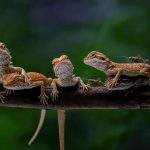
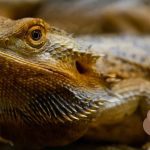
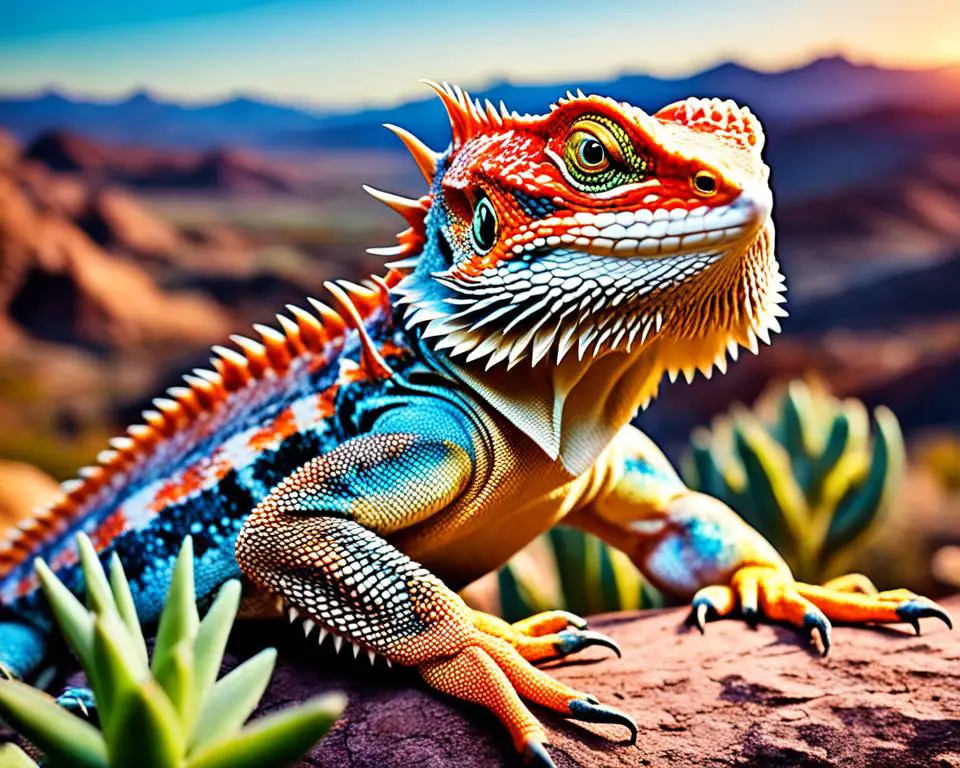
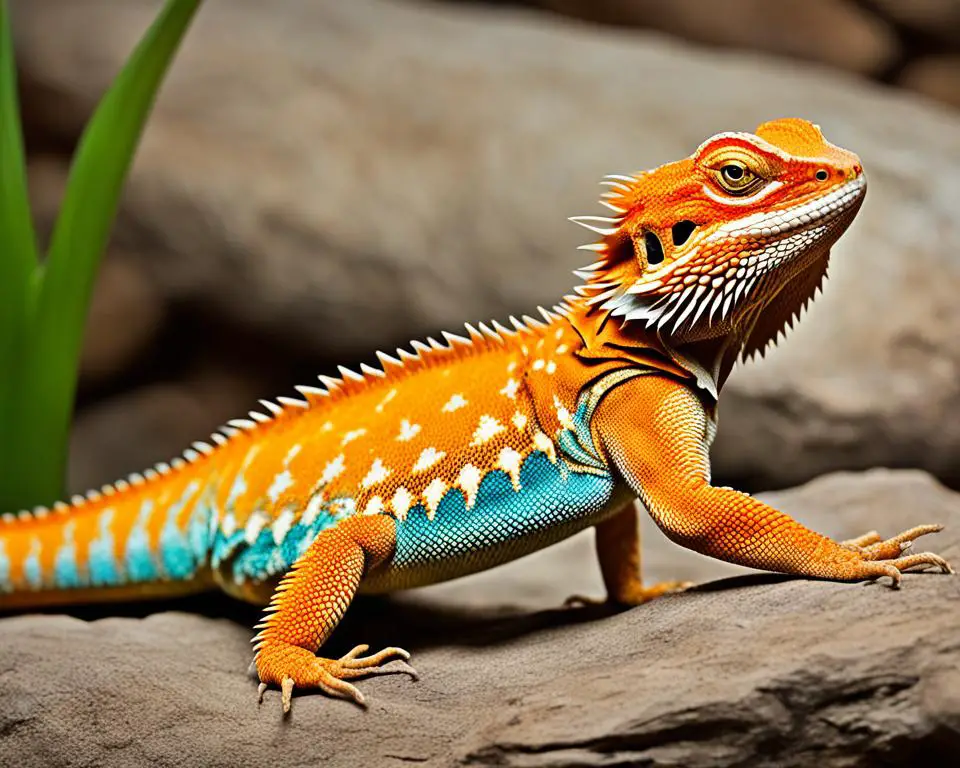
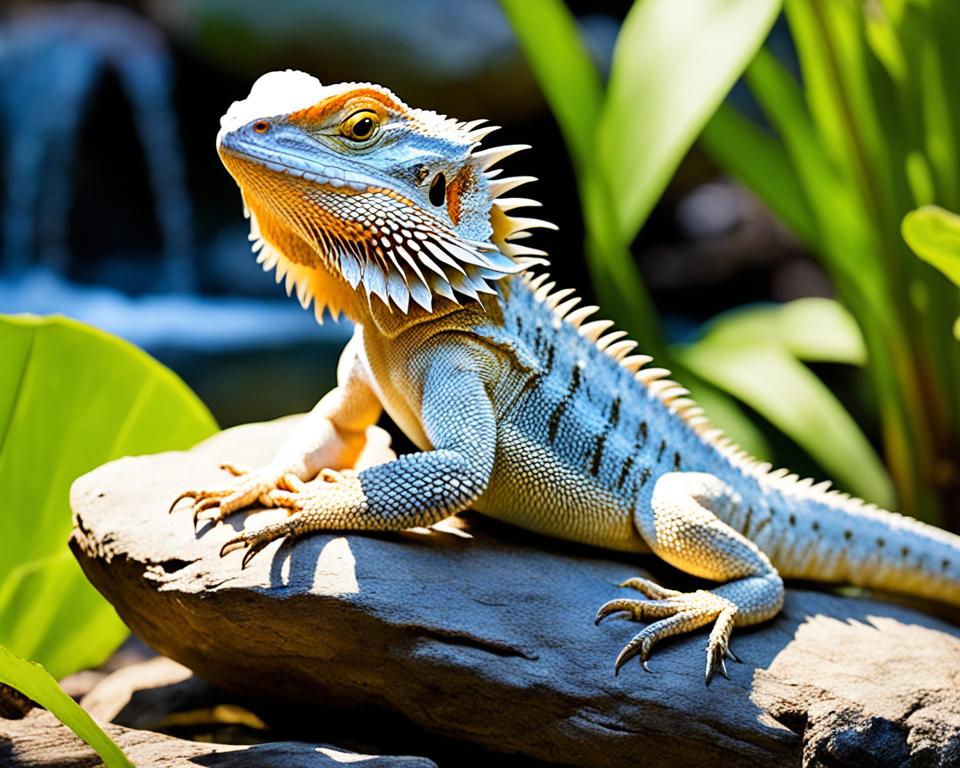
Мы строим лечение вокруг предсказуемости: минимум лишних вопросов, максимум конкретики и понятный план на ближайшие сутки. Дежурный врач уточняет только то, что влияет на безопасность — длительность эпизода, актуальные лекарства и переносимость, сон и апетит, наличие поддержки дома. Из этого скелета рождается маршрут: выезд на дом, приём без очередей или стационар с наблюдением 24/7. Конфиденциальность встроена по умолчанию: нейтральная коммуникация, доступ к карте только у вовлечённой команды, документы по запросу — в нейтральных формулировках. Внешний шум гасим, внимание переводим на цель: ровная стабилизация без «качелей» и с понятными контрольными точками.
Подробнее тут – http://narkologicheskaya-klinika-domodedovo0.ru